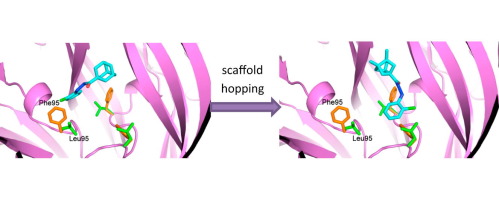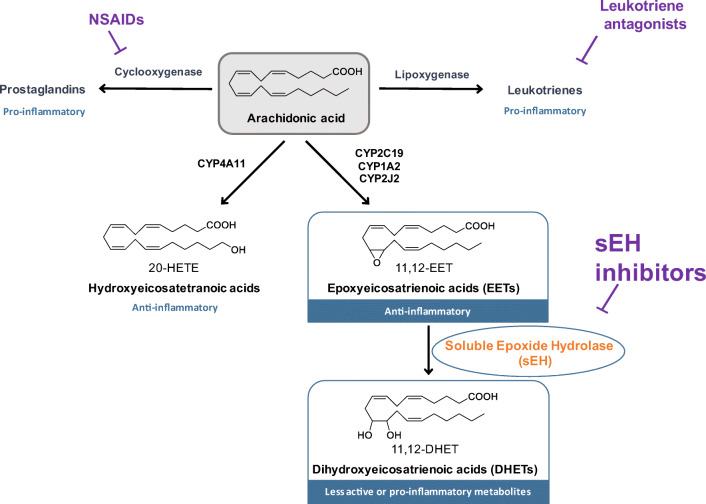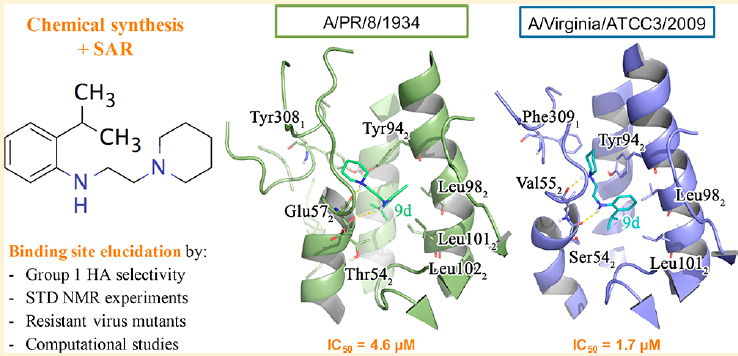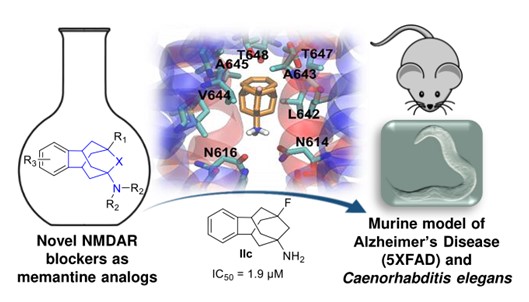Amantadine and rimantadine have been in clinical use as anti-influenza A virus agents for decades. The mechanism of action of both drugs is based on the inhibition of the M2 proton channel of the influenza A virus. However, the efficacy of these two drugs dropped sharply in recent years due to the global distribution of mutant viruses carrying Amt resistance mutations. Detailed mutational studies indicated that several point mutations (i.e., L26F, V27A, and S31N) of the channel result in Amantadine-resistance.
In the last 8 years our group, in collaboration with the groups of W. F. DeGrado (UCSF), L. H. Pinto (Northwestern Univ.), L. Naesens (KU Leuven, Belgium), A. Moroni (Univ. Milano, Italy), J. Wang (University of Arizona, USA), and F. J. Luque (UB, Spain) has designed, synthesized, characterized and pharmacologically evaluated several series of M2 proton channel blockers able to simultaneously inhibit the wild-type (Amt-resistant) and the L26F and V27A M2 mutant channels. We were the first to report ring-contracted and ring-expanded analogs of Amantadine (a), the first to report dual inhibitors of the V27A and the L26F M2 mutant channels (b) and we provided computational (c) and experimental (d) evidences of the resistance mechanism. Finally, the observation that some of our M2 channel blockers were able to also target another viral protein, hemagglutinin, led to the recent discovery of a new family of anti-influenza agents targeting hemagglutinin (e).
- Duque, M. D.; Ma, C.; Torres, E.; Wang, J.; Naesens, L.; Juárez-Jiménez, J.; Camps, P.; Luque, F. J.; DeGrado, W. F.; Lamb, R. A.; Pinto, L. H.; Vázquez, S. (2011). Exploring the size limit of templates for inhibitors of the M2 ion chanel of influenza A virus. J. Med. Chem. 54, 2646-2657.
- Rey-Carrizo, M.; Barniol-Xicota, M.; Ma, C.; Frigolé-Vivas, M.; Torres, E.; Naesens, L.; Llabrés, S.; Juárez-Jiménez, J.; Luque, F. J.; DeGrado, W.; Lamb, R.; Pinto, L.; Vazquez, S. (2014). Easily Accessible Polycyclic Amines that Inhibit the Wild-Type and Amantadine-Resistant Mutants of the M2 Channel of Influenza A Virus. J. Med. Chem. 57, 5738-5747.
- Llabrés, S.; Juárez-Jiménez, J.; Masetti, M.; Leiva, R.; Vázquez, S.; Gazzarrini, S.; Moroni, A.; Cavalli, A.; Luque, F. J. (2016). Mechanism of the pseudoirreversible binding of amantadine to the M2 proton channel. J. Am. Chem. Soc. 138, 15345-15358.
- Barniol-Xicota, M.; Gazzarrini, S.; Torres, E.; Hu, Y.; Wang, J.; Naesens, L.; Moroni, A.; Vázquez, S. (2017). Slow but steady wins the race: dissimilarities among new dual inhibitors of the wild-type and the V27A mutant M2 channels of influenza A virus. J. Med. Chem. 60, 3727-3738.
- Leiva, R.; Barniol-Xicota, M.; Codony, S.; Ginex, T.; Vanderlinden, E.; Montes, M.; Luque, F. J.; Naesens, L.; Vázquez, S. (2018). Aniline-based inhibitors of influenza H1N1 virus acting on hemagglutinin-mediated fusion. J. Med. Chem. 61, 98-118.
- Christina Tzitzoglaki, Anja Hoffmann, Andreea L. Turcu, Patrick Schmerer, Chunlong Ma, George Laros, Christos Liolios, Brea José, Jun Wang, Santiago Vázquez, Michaela Schmidtke, Antonios Kolocouris. (2022). Amantadine variant – aryl conjugates that inhibit multiple M2 mutant – amantadine resistant influenza a viruses. Eur. J. Med. Chem. Rep., 6, 100083.
- Μarianna Stampolaki, Anja Hoffmann, Kumar Tekwani, Kyriakos Georgiou, Christina Tzitzoglaki, Chunlong Ma, Stefan Becker, Patrick Schmerer, Kristin Döring, Ioannis Stylianakis, Andreea L. Turcu, Jun Wang, Santiago Vázquez, Loren B. Andreas, Michaela Schmidtke, Antonios Kolocouris. (2023). A Study of the Activity of Adamantyl Amines against Mutant Influenza A M2 Channels Identified a Polycyclic Cage Amine Triple Blocker, Explored by Molecular Dynamics Simulations and Solid-State NMR. Chem. Med. Chem., 18, e202300182.TeKyriakos
- Georgiou,[a]ChristinaTzitzoglaki,[a]ChunlongMa,[e]StefanBecker,[b]PatrickSchmerer,[c]KristinDöring,[c]IoannisStylianakis,[a]AndreeaL. Turcu,[f]Jun Wang,[e]SantiagoVázquez,[f]LorenB. Andreas,*[b]MichaelaSchmidtke,*[c]and AntoniosKolocouris*,m




